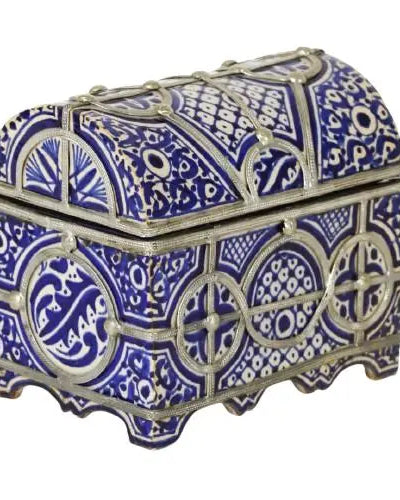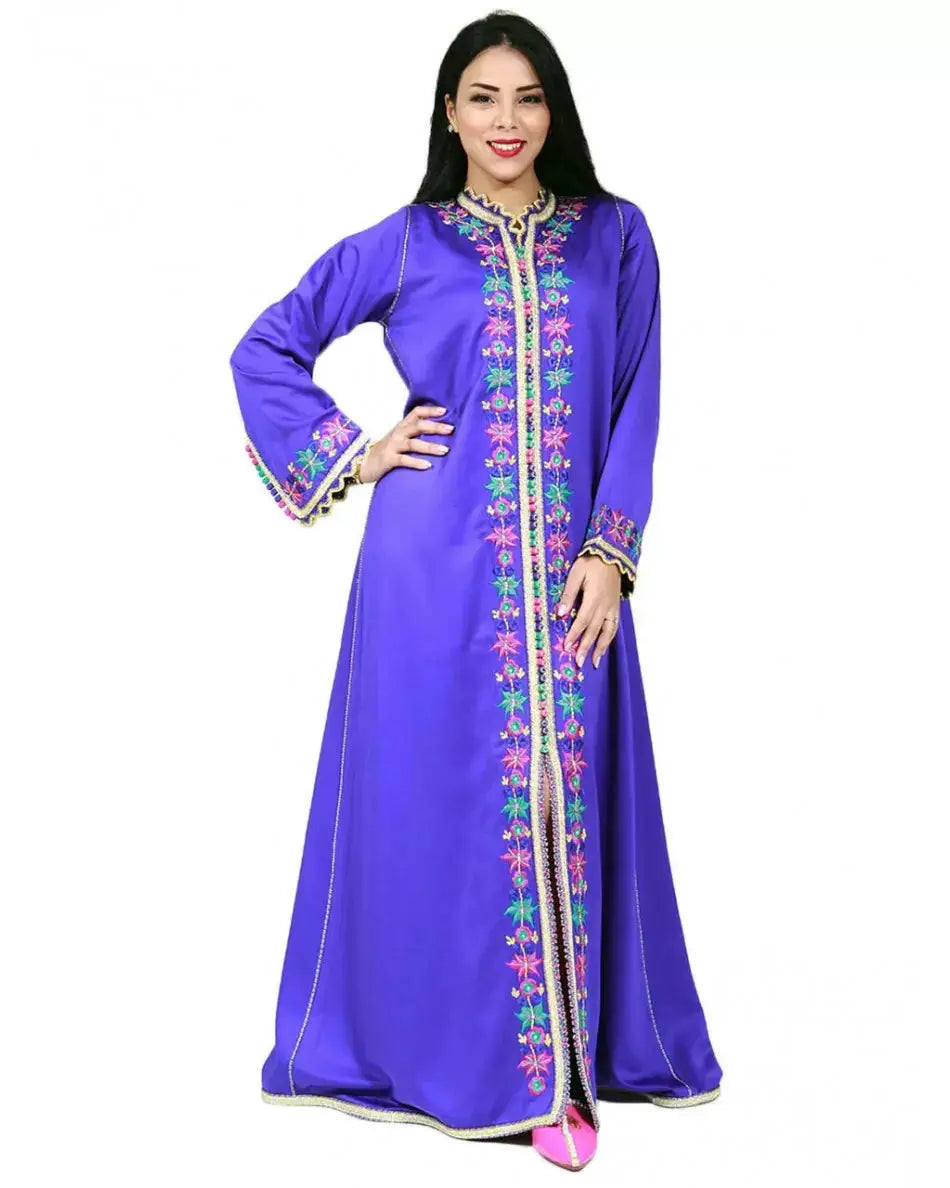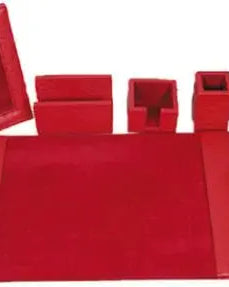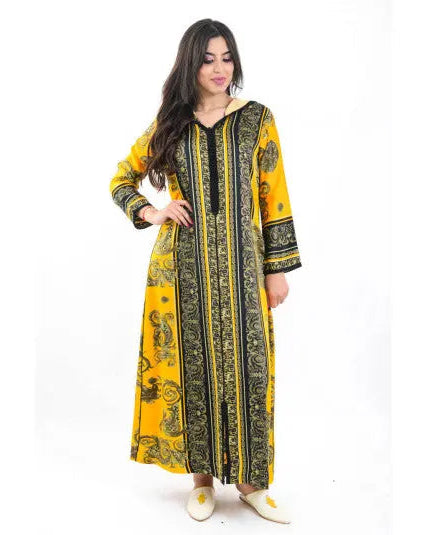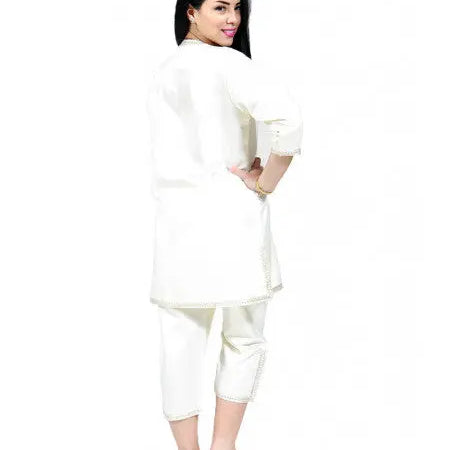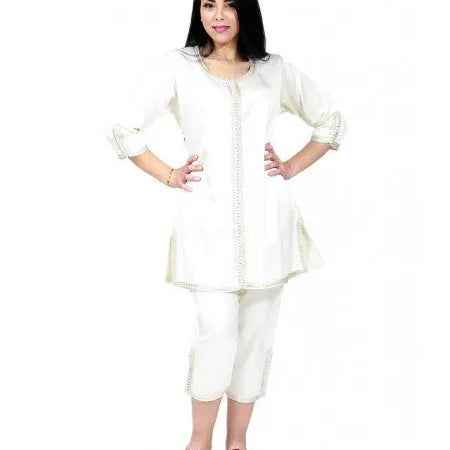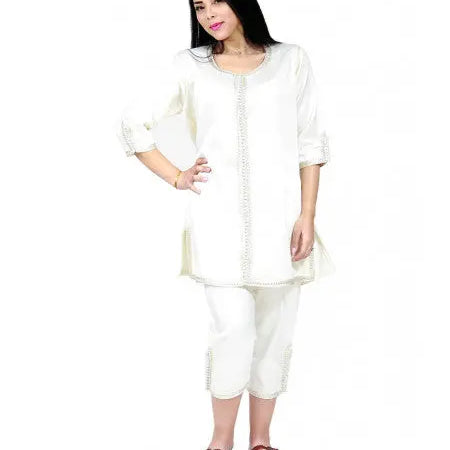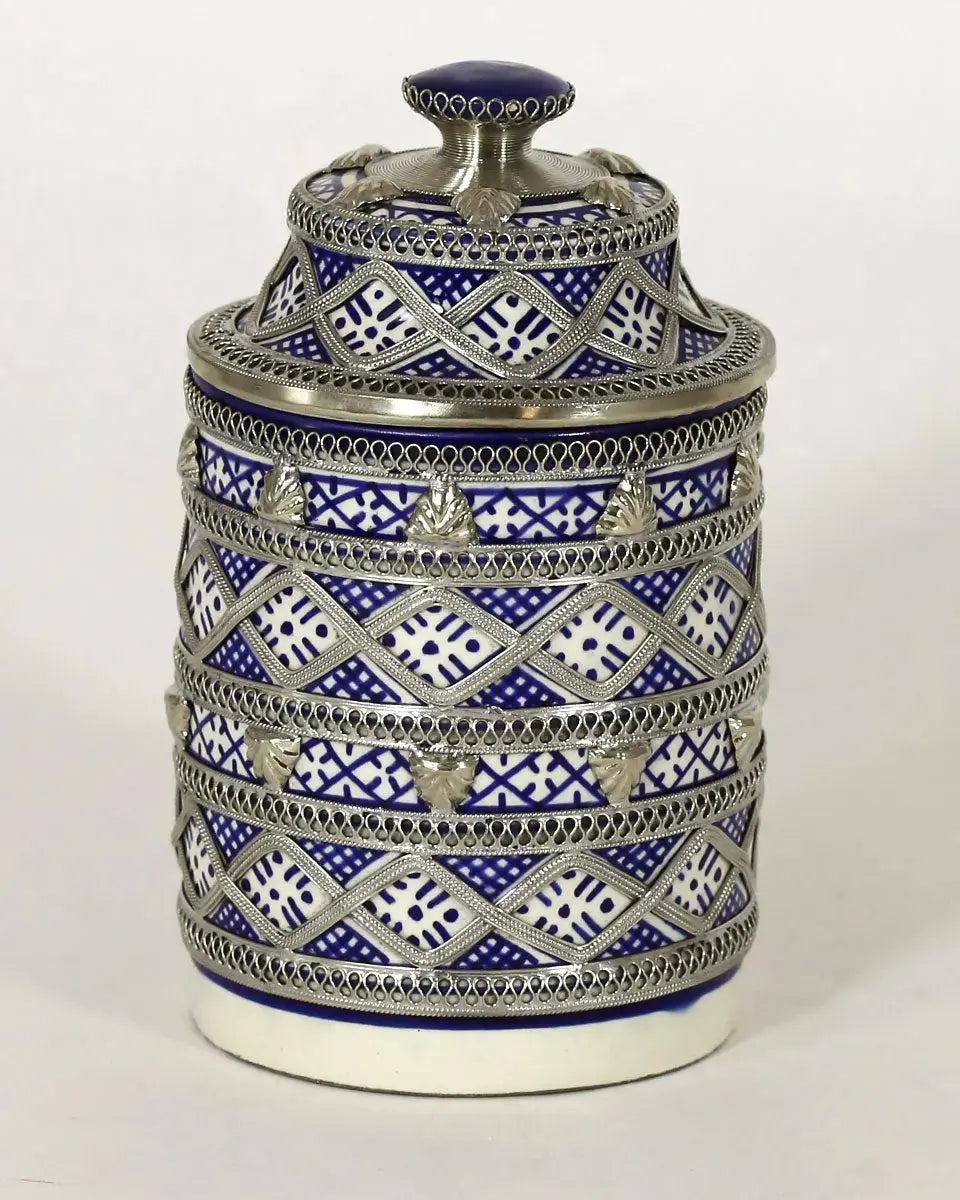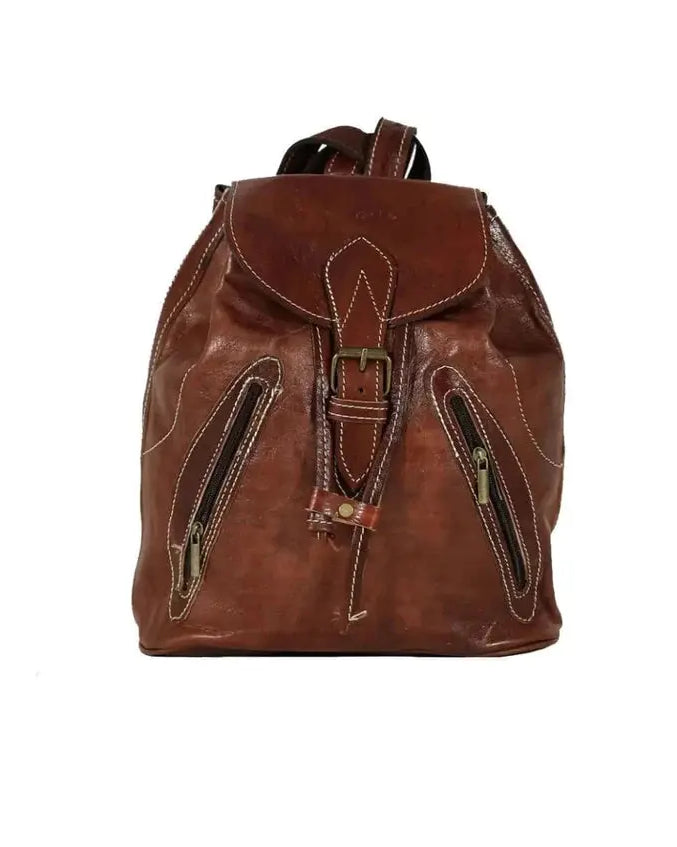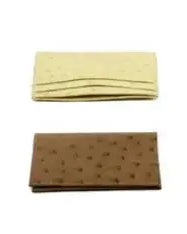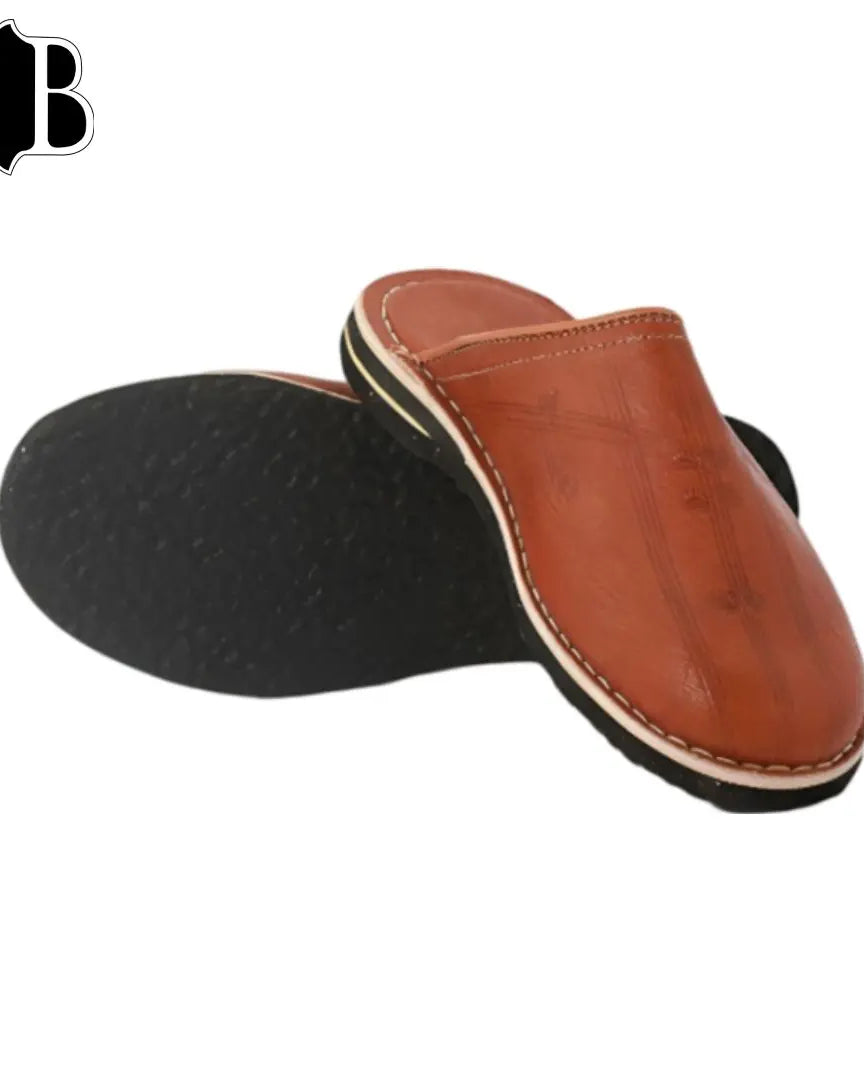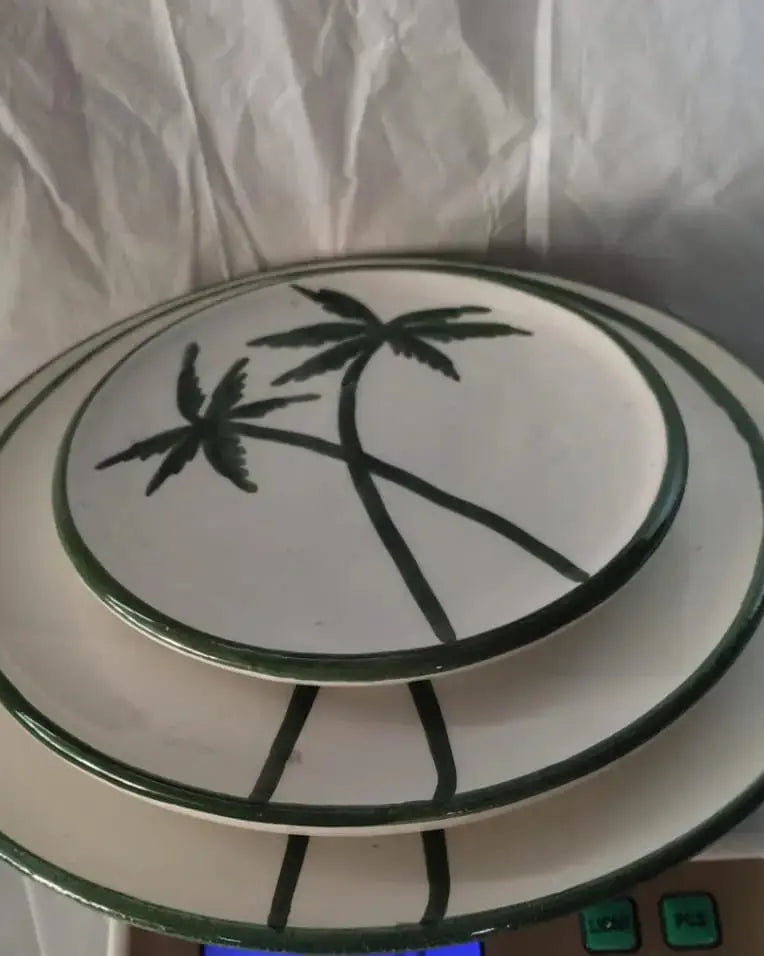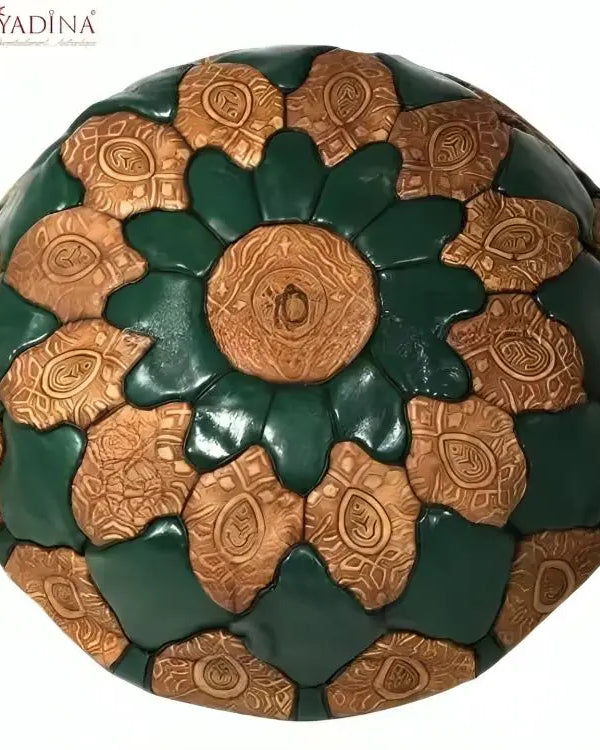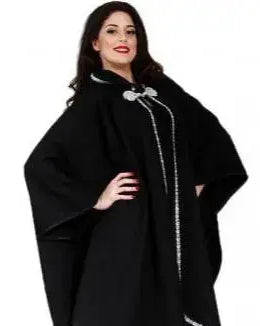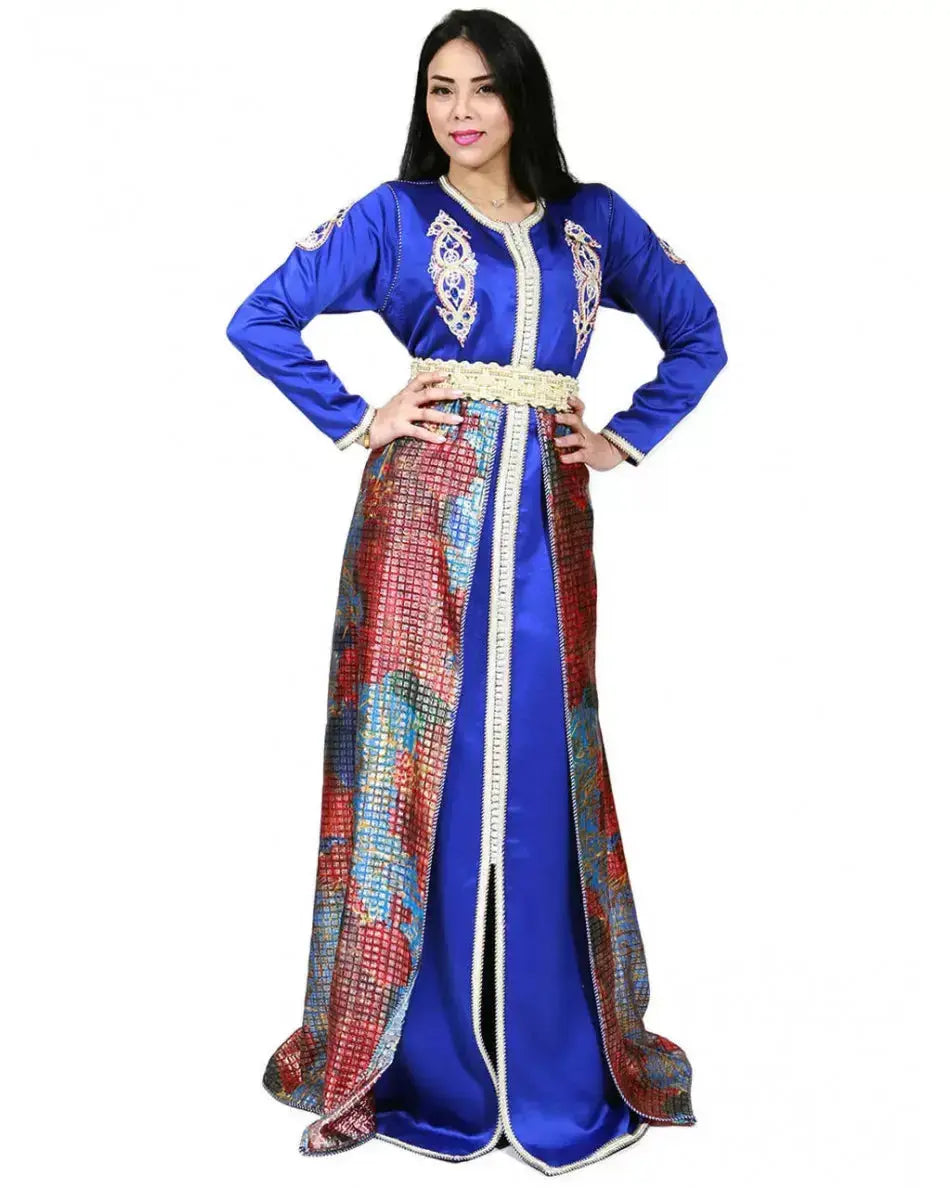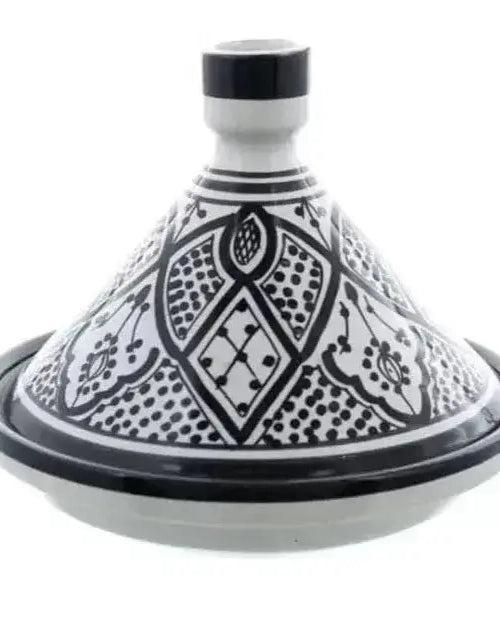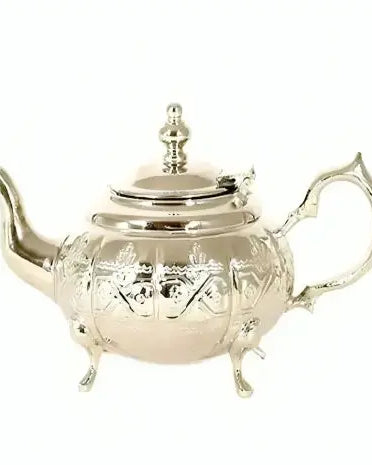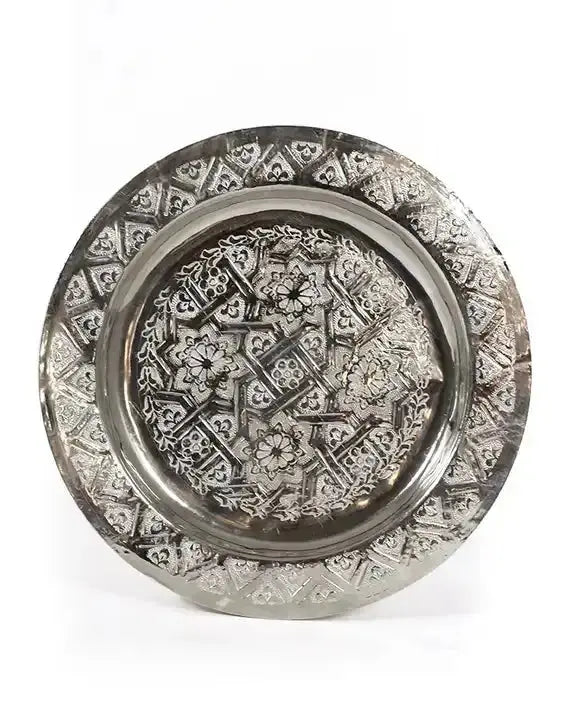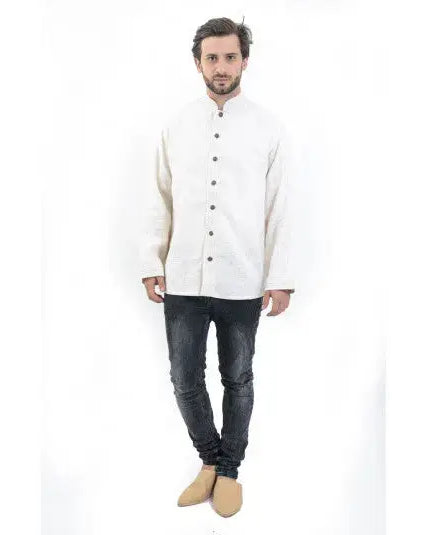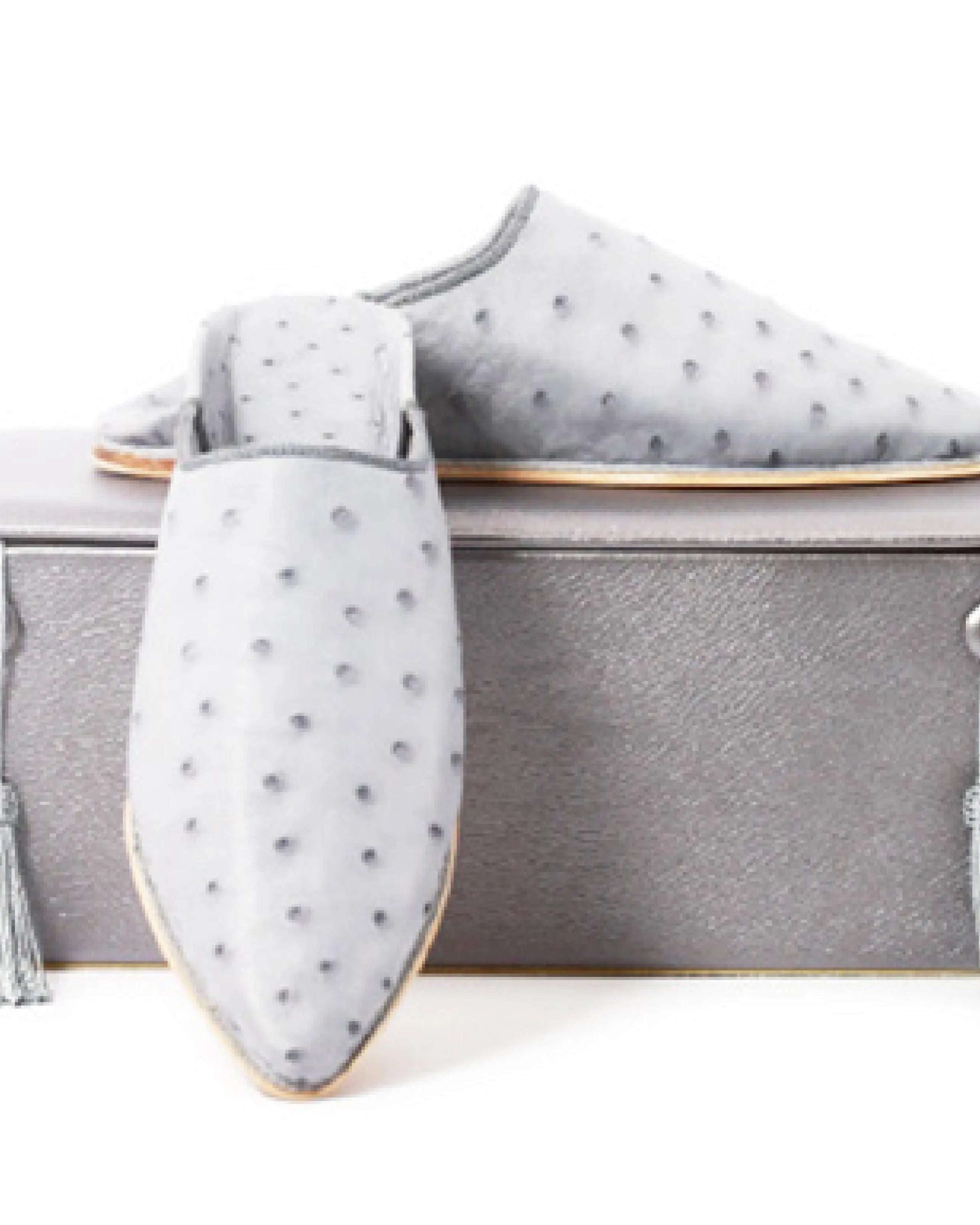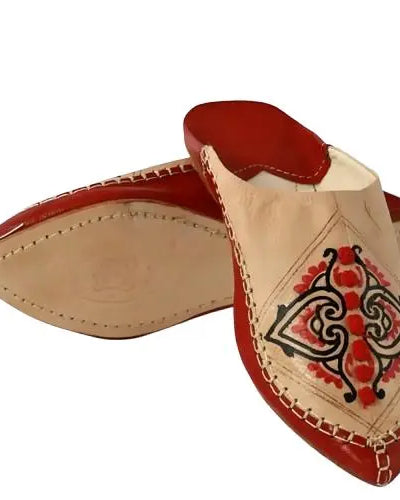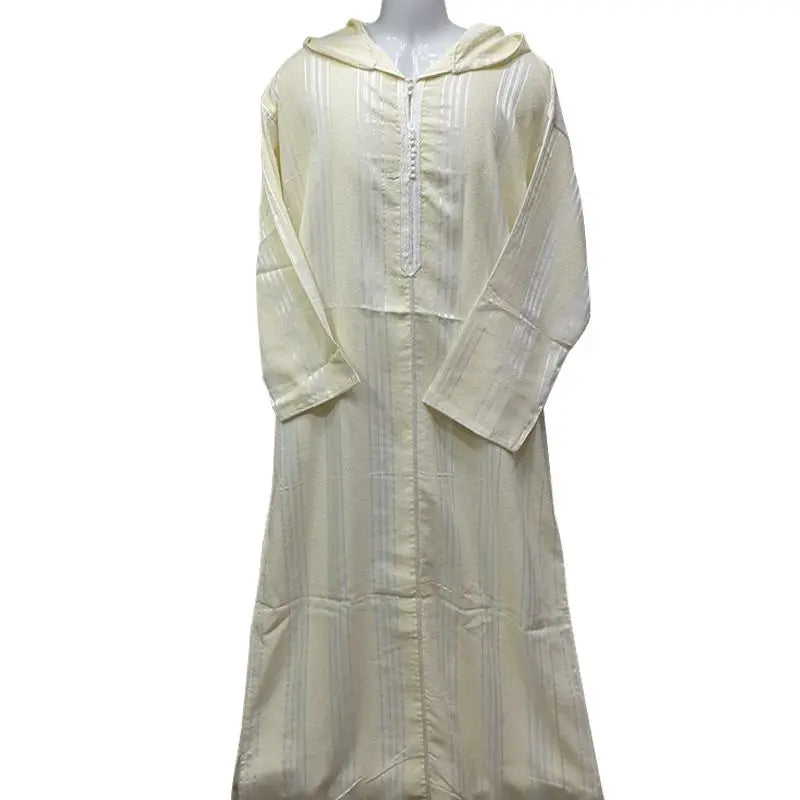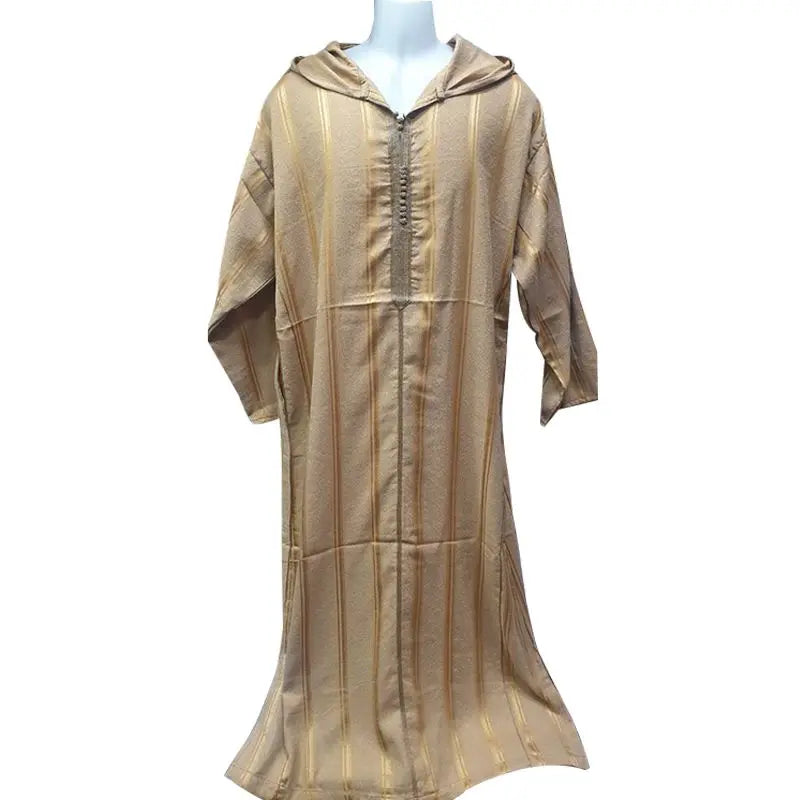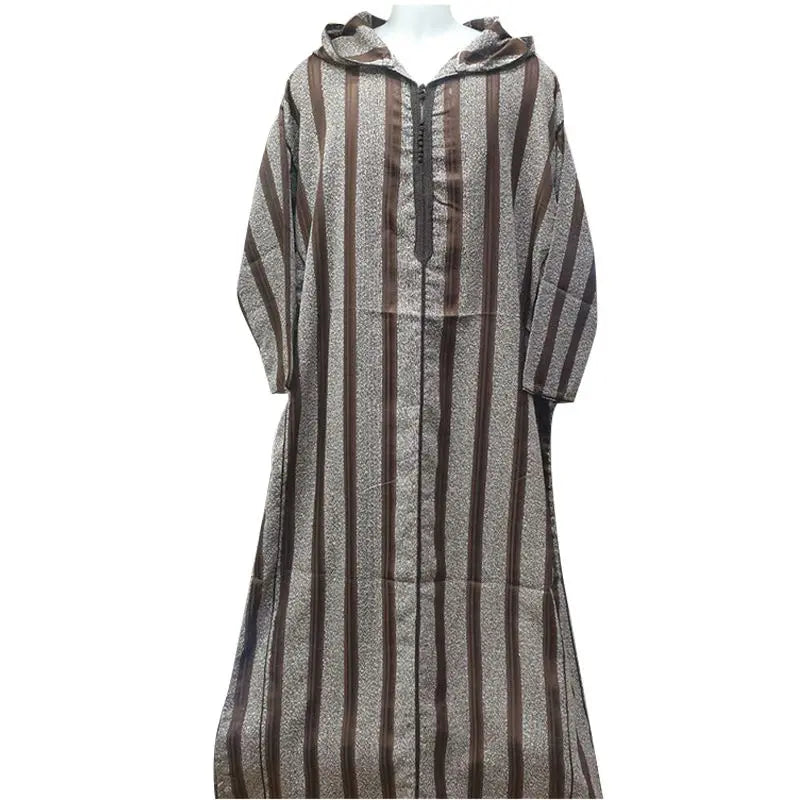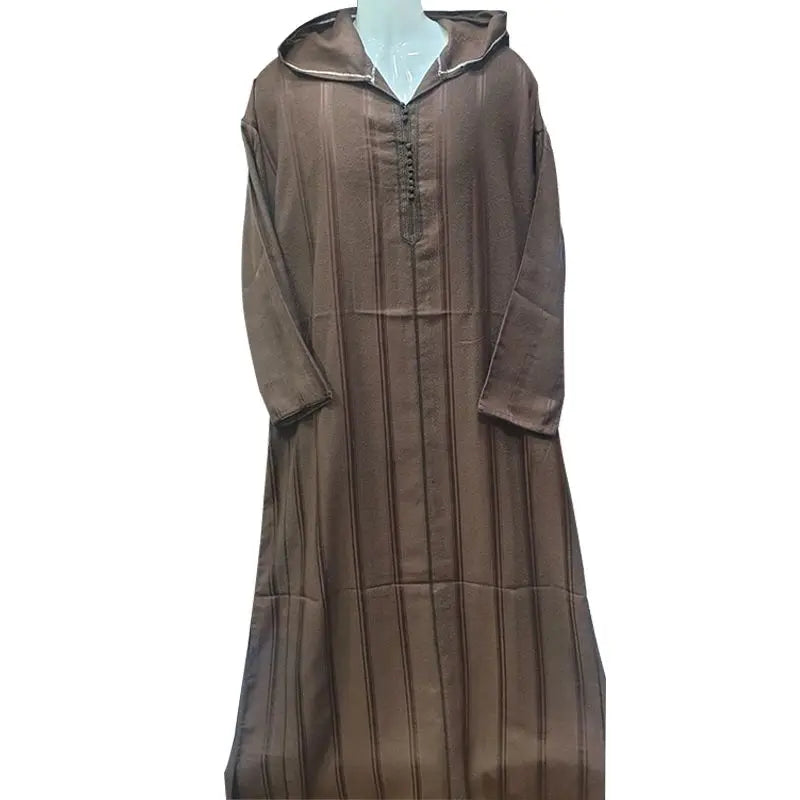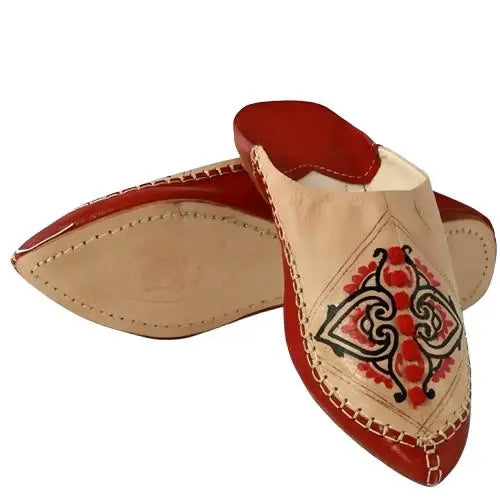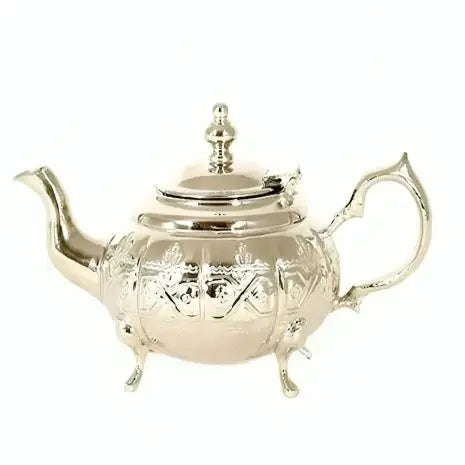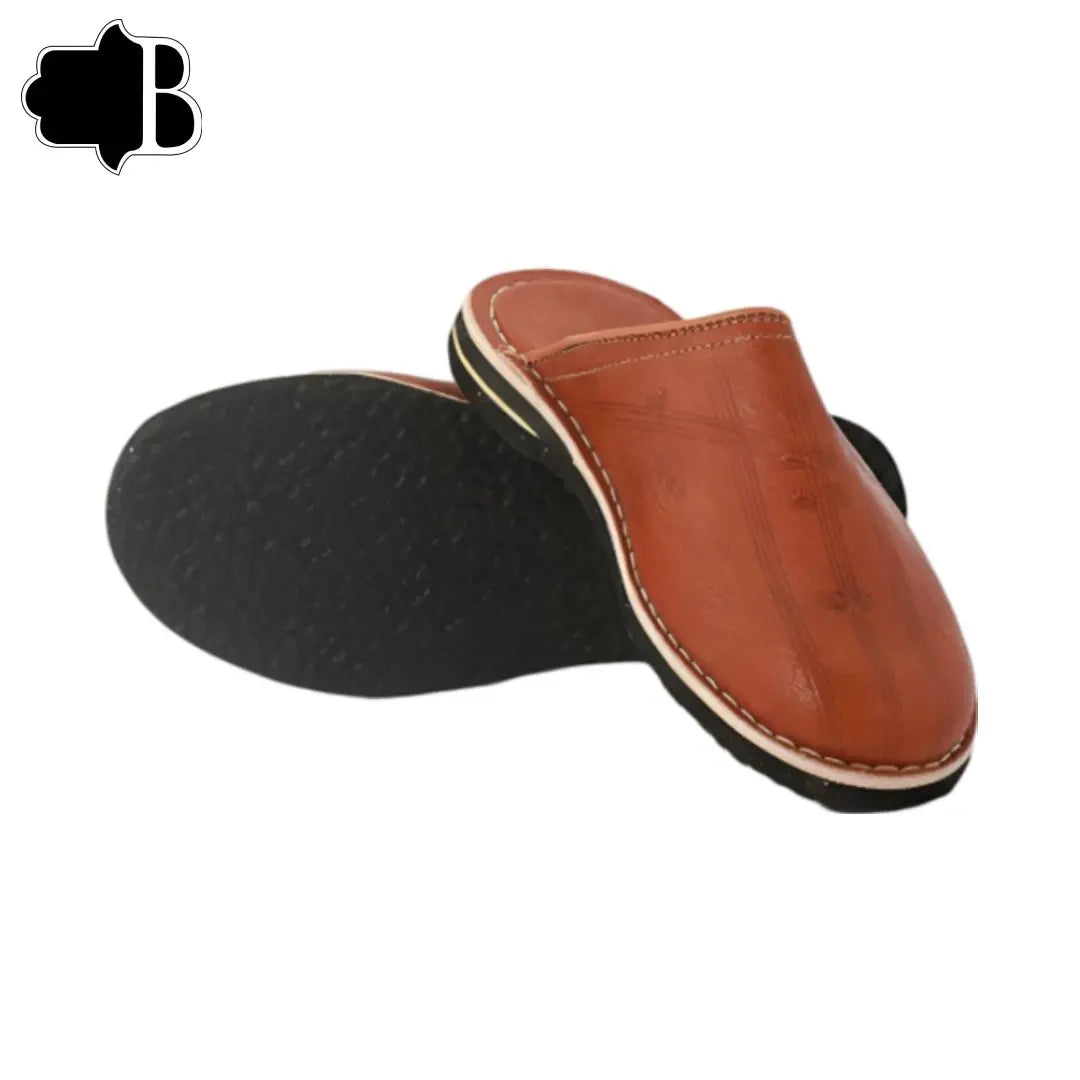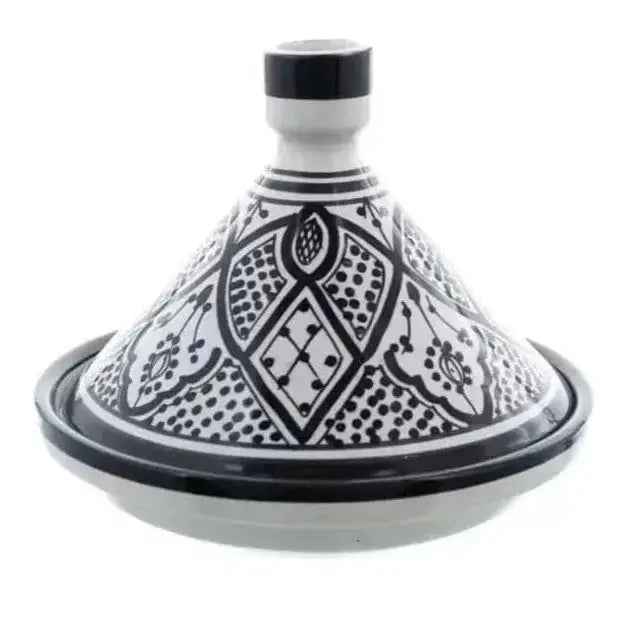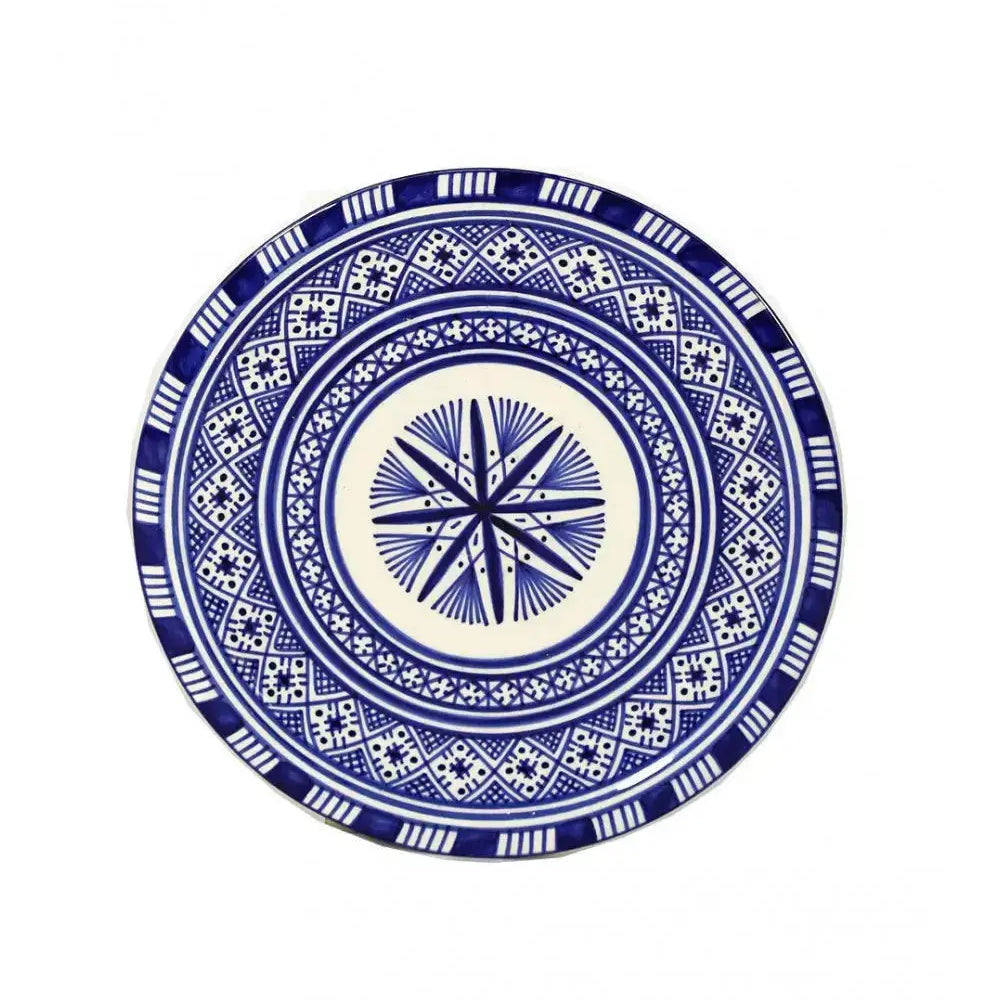Embrace Tradition with a Moroccan Thobe
A Moroccan thobe is more than just a garment - it's a tribute to centuries of rich heritage, modest elegance, and artisanal mastery. Worn by men across Morocco and admired around the world, this traditional robe blends comfort with cultural identity.
Whether you're attending a religious gathering, a wedding, or simply enjoying everyday life with style, this timeless piece of Moroccan traditional clothing is both practical and symbolic.
Why the Thobe Stands Out
-
Culturally Rich: Rooted in Moroccan history, this attire reflects spiritual values and regional pride.
-
Year-Round Comfort: Designed with breathable fabrics, it’s ideal for both warm and cool climates.
-
Elegant Design: From minimalist cuts to intricate embroidery, each piece carries a distinct character.
-
Versatile Wear: Suitable for religious holidays, family gatherings, or formal celebrations.
-
Symbol of Identity: Wearing this thobe connects you to centuries-old customs and traditions.
The Cultural Significance Behind it
The Moroccan thobe is a vital element of the country's fashion and identity. It often appears during significant events such as Eid, Friday prayers, weddings, and formal ceremonies. Its use is tied to dignity, humility, and cultural pride.
Like the Moroccan kaftan for women, the thobe offers men an opportunity to express style while maintaining a deep connection to their roots.
Features That Define a Thobe
-
Traditional Silhouette: A long, loose-fitting robe that allows free movement and modesty.
-
Quality Materials: Made from cotton, linen, or silk blends for softness and durability.
-
Fine Detailing: Embroidery along the neckline and sleeves reflects regional artistry.
-
Color Variety: From classic whites and creams to deep blues, blacks, and earthy tones.
-
Custom Tailoring: Many thobes are handcrafted to ensure a perfect fit and finish.
What Makes It Unique?
The Moroccan thobe differs from other traditional garments with its distinct cut and attention to detail. It’s not just an outfit - it’s a reflection of who you are, where you come from, and what you value. It blends the elegance of the Moroccan djellaba with the simplicity needed for modern living.
How to Style and Wear it
Wearing a men’s Moroccan thobe is as effortless as it is elegant. Its flowing shape suits all body types, and it requires minimal layering or accessories.
-
Everyday Wear: Pair with simple leather slippers and a neutral-colored headscarf.
-
Special Occasions: Add a traditional Moroccan belt and a matching kufi or fez.
-
Winter Use: Layer with a wool Moroccan djellaba for extra warmth.
-
Modern Twist: Wear with loafers and a slim undershirt for a contemporary look.
This makes it perfect for those who seek cultural flair in their daily wardrobe or wish to stand out with authenticity at special events.
Craftsmanship That Tells a Story
Each Moroccan thobe is a product of meticulous work by artisans who have mastered their craft over decades. Many are sewn by hand in Morocco’s historic cities like Fez and Marrakech, where tailoring is an honored profession.
-
Hand-stitched seams ensure long-lasting wear and unmatched attention to detail.
-
Embroidered embellishments often feature traditional Amazigh or Arabesque patterns.
-
Sustainably sourced fabrics support local weavers and promote eco-conscious fashion.
-
Regional design influences make each thobe unique - whether it’s Berber-inspired or Andalusian.
Benefits of Owning
-
Cultural Authenticity: Stay connected to your roots or embrace a new cultural appreciation.
-
All-Season Comfort: Breathable enough for summer, and easy to layer in winter.
-
Elegant and Modest: Perfect for men who value both faith and fashion.
-
Low Maintenance: Most thobes require minimal ironing and are machine washable.
-
Unmatched Versatility: Wear it to a mosque, a celebration, or even around the house.
Care Tips for Long-Lasting Wear
To preserve the beauty of your Moroccan thobe, follow these easy care instructions:
-
Wash Gently: Use cold water and mild detergent for machine or hand washing.
-
Avoid Bleach: It can damage embroidery and fabric colors.
-
Air Dry: Hang dry or lay flat to preserve the thobe’s structure and stitching.
-
Iron lightly: If needed, use a low-heat setting with a pressing cloth.
-
Store Properly: Keep it folded or hung in a garment bag to avoid wrinkles and dust.
With proper care, your thobe can last for many years as both a fashion staple and a cherished item.
Where Tradition Meets Modern Style
Today’s Moroccan thobes are not just limited to traditional cuts. Many designers offer modern interpretations with slimmer fits, minimal embellishments, and stylish accents. Whether you're a fan of timeless tradition or fresh design, there’s a thobe for every taste.
Wearing a Moroccan thobe is a statement - it says you value heritage, comfort, and authenticity. It's the kind of garment that transcends trends, always remaining elegant and meaningful.
Bring Home Your Own Moroccan Thobe
Whether you're shopping for yourself or seeking the perfect gift, a Moroccan thobe is a thoughtful choice. It's ideal for religious events, formal gatherings, or just relaxing in style. Browse our collection to find the design, fit, and fabric that speaks to you.
From minimalist to ornate, every thobe is a masterpiece that reflects the soul of Moroccan craftsmanship and culture. Step into something timeless - experience the magic of Moroccan traditional clothing today.
FAQs for Moroccan Thobe
1. What is Moroccan traditional clothing made of?
Moroccan traditional clothing for men is typically crafted from cotton, linen, or silk blends for comfort and elegance. These garments are lightweight, breathable, and ideal for warm climates and everyday wear.
2. How is a Moroccan kaftan or robe different from a Moroccan djellaba?
A Moroccan kaftan or robe is usually collarless and falls just above the ankle, while the djellaba features a longer cut with a hood. Both are staples in Moroccan traditional clothing, but each serves unique purposes for different occasions.
3. Can I wear men’s Moroccan traditional wear for special occasions?
Yes, men’s Moroccan traditional clothing is perfect for weddings, religious events, and cultural celebrations. Its elegant cut and often embellished details make it suitable for both formal and semi-formal occasions.
4. Is this style part of Moroccan cultural dress?
Garments like the kaftan and djellaba are foundational in Moroccan traditional clothing for men. They symbolize modesty, cultural pride, and timeless Moroccan style.
5. What’s the best way to style Moroccan ceremonial wear?
Pair your Moroccan ceremonial attire with leather slippers, a traditional fez or kufi, or layer with a Moroccan kaftan for added elegance. Neutral tones suit daily wear, while rich hues and embroidery stand out during events.
6. How do I care for Moroccan cultural garments?
Hand wash or use a gentle machine cycle with mild detergent, then hang dry. Avoid harsh chemicals or high heat to preserve both the fabric and embroidery of your Moroccan traditional clothing.
7. Are Moroccan robes comfortable in summer?
Yes, men’s Moroccan robes are made from lightweight and breathable fabrics like cotton and linen, ideal for hot weather. Their loose, flowing fit provides excellent ventilation and comfort all day long.
8. Can women wear Moroccan-style robes?
While traditionally designed for men, women may wear similar garments or opt for a Moroccan kaftan. Kaftans offer feminine silhouettes with the same intricate detailing and cultural richness.
9. Where can I buy authentic Moroccan traditional wear?
You can shop authentic Moroccan traditional clothing in Moroccan souks, artisan boutiques, or from curated online stores. Look for handcrafted pieces made with care, featuring embroidery, quality stitching, and breathable fabrics.
10. What events are best for wearing Moroccan garments?
Moroccan djellabas and kaftans are ideal for religious observances, weddings, Friday prayers, Ramadan, or festive gatherings. These garments reflect Morocco’s heritage and offer a graceful, dignified look for any special occasion.

